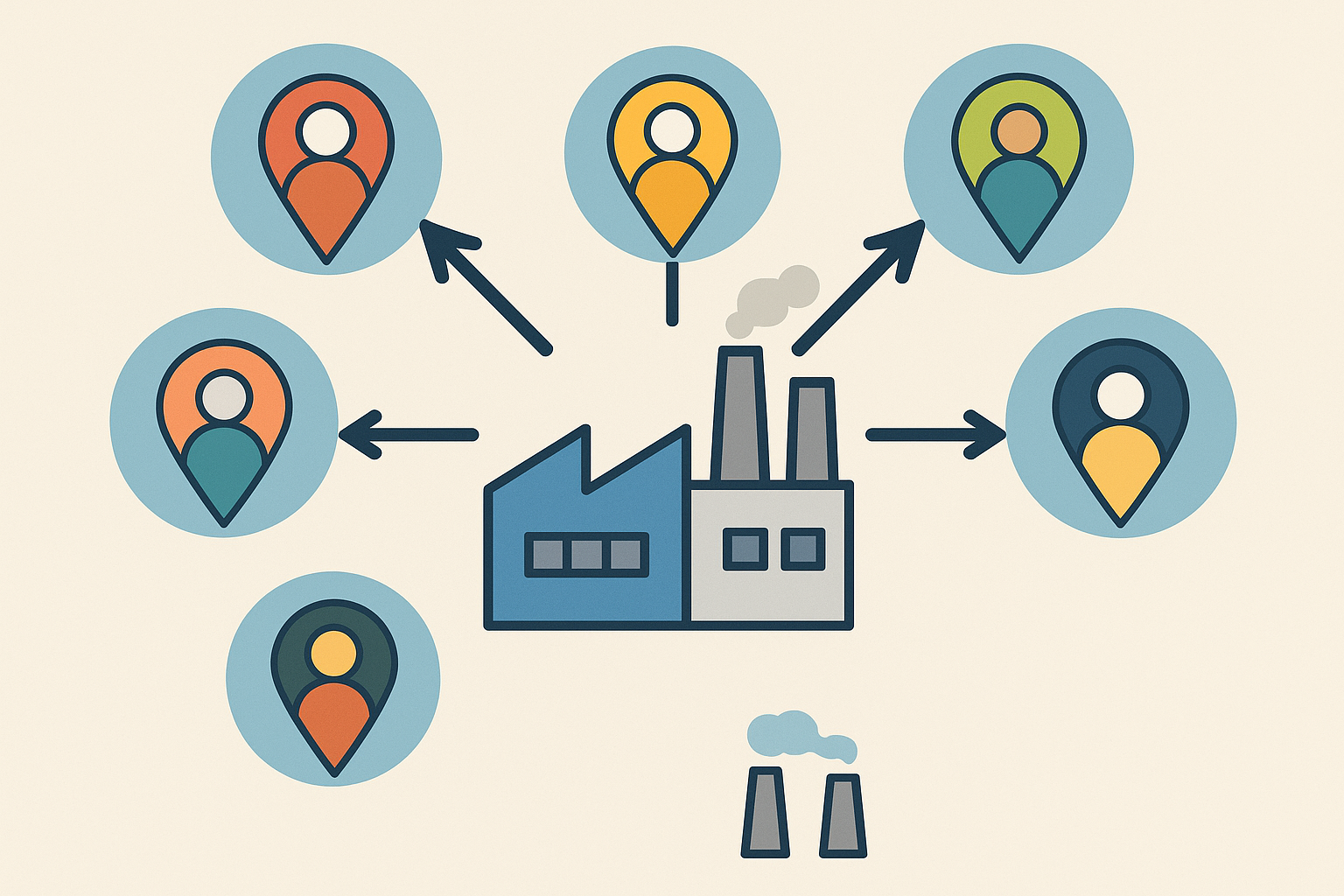How to Mitigate Sourcing Risk: Diversifying Your Supplier Base for Global Resilience
Learn how to reduce sourcing risk through multi-sourcing, geographic diversification, and supplier tiering, including a real-world success from VSG.
.jpg)

In today’s dynamic and unpredictable supply chain landscape, relying on a single supplier, or a single country, for your critical components is no longer a viable strategy. Whether it’s tariffs, natural disasters, or regional instability, the risks of single-source dependency are real and costly.
At Value Source Global, we help businesses reduce these risks by building resilient, diversified supply networks that keep operations running smoothly—even when the unexpected hits. Below are four key strategies to diversify your supplier base and ensure long-term resilience across the globe.
Key Strategies to Diversify Your
Supplier Base

1. Multi-Sourcing for Critical Components
Rather than putting all your eggs in one supplier’s basket, multi-sourcing spreads the risk. This foundational strategy starts with dual sourcing—engaging two qualified suppliers for the same part or material. But it doesn’t stop there. Distributed sourcing takes it a step further by spreading production across three or more partners, adding layers of redundancy and flexibility.
Pro Tip: Multi-sourcing is particularly valuable for high-risk or high-volume items. Our advice is to start with your most critical components and ensure you have at least two vetted suppliers ready to deliver.
2. Geographic Diversification
Diversification isn’t just about who you work with—it’s also about where they operate. Concentrating your entire supply chain in one country or region exposes you to localized risk, from geopolitical tensions to natural disasters.
Popular approaches include:
- “China Plus One” (China+1): Supplementing Chinese suppliers with partners in countries like Vietnam, Thailand, or India
- Regional Hubs: Strategically locating suppliers across multiple global regions
- Nearshoring/Reshoring: Moving production closer to your customer base to reduce lead times and improve control
Pro Tip: Don’t wait for a disruption to explore new regions. Identify 1–2 backup locations now and build relationships early.
3. Tiered Supplier Strategy & Strategic Partnering
The number of suppliers matters—but their roles matter more. A tiered supplier strategy gives you both stability and flexibility:
- Primary Suppliers: Long-term, high-volume partners
- Secondary/Contingency Suppliers: Pre-vetted backups located in alternate regions
- Specialized Vendors: Experts in niche products, materials, or regional requirements
This structure helps businesses pivot quickly when issues arise, and it doesn’t stop with your suppliers. At VSG, we also encourage your partners to diversify their own supply chains, extending resilience across the full network.
Pro Tip: Make sure secondary suppliers are audit-ready and able to scale quickly. Don’t wait until they’re needed to begin onboarding.
4. Robust Supplier Vetting & Relationship Management
Diversification only works if your suppliers are strong partners. That means rigorous upfront vetting, clear expectations, and regular communication. Build a sourcing network you can count on—not just in stable times, but when challenges arise.
Pro Tip: Conduct quarterly reviews with your top-tier suppliers. Check in on performance, capacity, and their own risk mitigation efforts.
Real-World Example: Navigating Tariffs with Speed & Strategy
When one of our long-time clients faced rising costs due to U.S. tariffs on Chinese imports, Value Source Global moved quickly. We identified alternative manufacturing partners in Vietnam and successfully shifted the client’s entire production process—preserving quality while delivering cost savings.
This wasn’t just a quick fix. It was the result of proactive diversification, deep regional networks, and our commitment to global resilience. The client avoided a major cost increase, and gained a more flexible sourcing footprint for the future.
Why Single-supplier or Single-Region Sourcing is Risky
If you're still relying on one source for a key component or material, you're exposed to:
- Catastrophic Operational Halts: A shutdown at your only supplier could mean a shutdown for you.
- Lack of Leverage: Without alternatives, you're at the mercy of their pricing, quality, and delivery timelines.
- Geopolitical and Natural Disasters: One event in one region could disrupt your entire supply chain.
Don’t wait for disruption to force your hand. Diversify now—and build resilience before it’s tested.
To deepen your understanding of cross-border procurement best practices, check out our comprehensive Global Strategic Sourcing Guide.
If your challenge requires our expertise, drop us a line!
